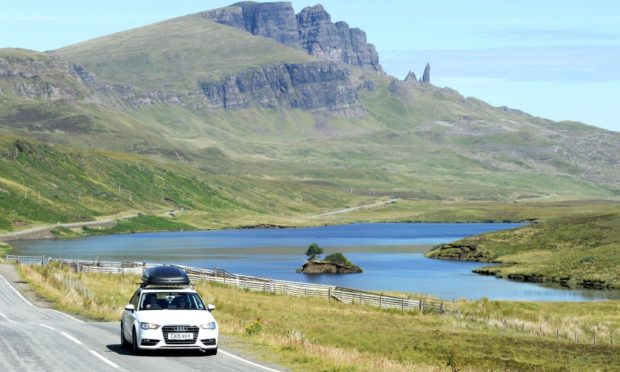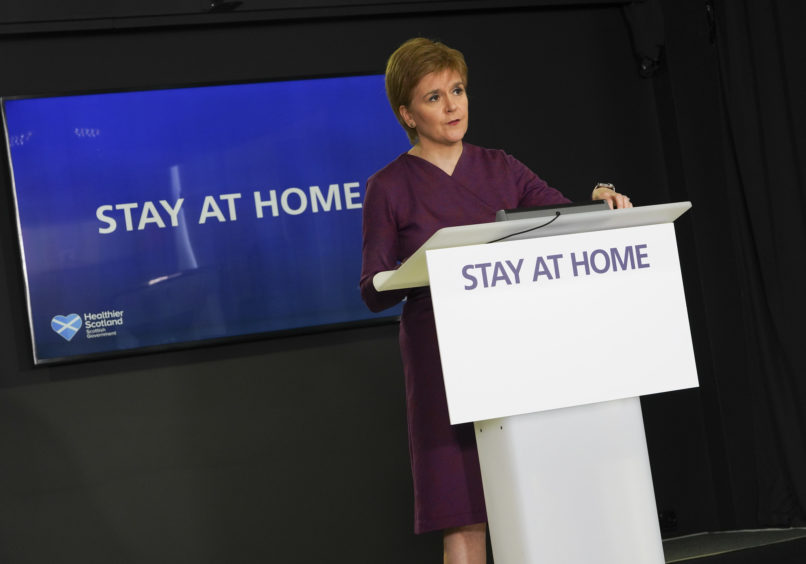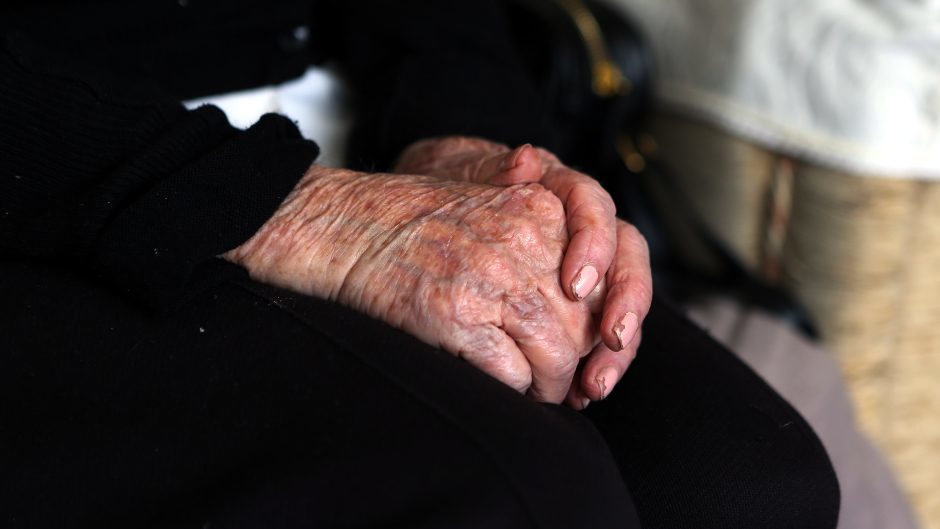Scotland’s chief statistician has said there is “not evidence” to suggest the reproduction value of Covid-19 is lower in rural areas of the country, with “significant uncertainty” calculating data at a local level.
The reproduction value, or R-number, estimates the average number of people who will be infected by one individual with Covid-19, and remains at the heart of the First Minister’s decision not to take Scotland out of lockdown.
Roger Halliday, the Scottish Government’s chief statistician, revealed during a technical briefing to the media on Thursday, that his team is in the process of finalising a publication on the R-number, which will be made available “over the next week” and will show the R-value over time.
As of May 8, the reproduction value was between 0.7 and one – with anything above one leading to the spread of the virus – and is down from a high of between four and six before lockdown measures were introduced.
Speaking during the briefing, Mr Halliday told the Press & Journal there is no evidence, in his opinion, to suggest the reproduction value is lower in Scotland’s remote areas – pointing to the “significant level of uncertainty” in the data, even at a Scotland-wide level.
He said: “There isn’t evidence for that. There is some level of uncertainty for Scotland so when you start looking at areas within Scotland then that becomes quite a significant level of uncertainty, which suggests we need to be looking at other data rather than R.”
Government officials do not look at the reproduction value in isolation, Mr Halliday said, but also use data on the number of cases, the number of intensive care beds being used and the number of deaths to calculate the path of the virus.
When asked if there was a ‘magic number’ that would lead to the relaxation of lockdown measures across the country, the media were not provided with a figure but were told every change to the measures would have a “different effect on R”.
Speaking during her daily briefing on Thursday, the First Minister, said she would not rule out “regional variations” to coming out of lockdown.
She said: “I’ve never ruled out regional variations if the evidence backs up such an approach, and we judge they can be implemented in a practical and a clearly understandable way.
“We don’t rule that out but at this stage we are not proposing that kind of regional varied approach within Scotland.”
I’ve never ruled out regional variations if the evidence backs up such an approach, and we judge they can be implemented in a practical and a clearly understandable way.”
First Minister Nicola Sturgeon
It comes as Aberdeen-based microbiologist Hugh Pennington suggested earlier this month that residents in Orkney and the Western Isles could be freed earlier from social distancing and lockdown than mainland communities.
Meanwhile, it also emerged during the briefing that modellers do not have a clear estimate on the R-number in care homes but are working with academics to calculate this.
Professor Chris Robertson of the University of Strathclyde, who sits on the Scottish Government’s Advisory Group, added that it is “phenomenally difficult” to separate out data for the three separate epidemics happening across the country: in the community, in hospitals and in care homes.
He said: “In order to get estimates for each of these separately, you have to somehow model the interactions between these and getting good data in real time at the minute is very difficult.
“For investigation of the R rate specifically within care homes, one of the ways of doing that is looking at outbreaks in care homes and finding the index case and subsequent infections from that and then averaging over lots of care homes and that is a very difficult data collection exercise.”
He added that it would take “maybe two to three months’ time” to have validated Scottish data on care homes.
However, journalists were told that much more research was going into calculating the spread of the virus in care homes beyond calculating the R-rate, including looking at daily estimates of infected cases.


